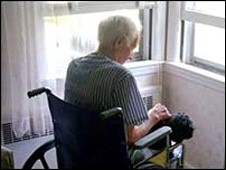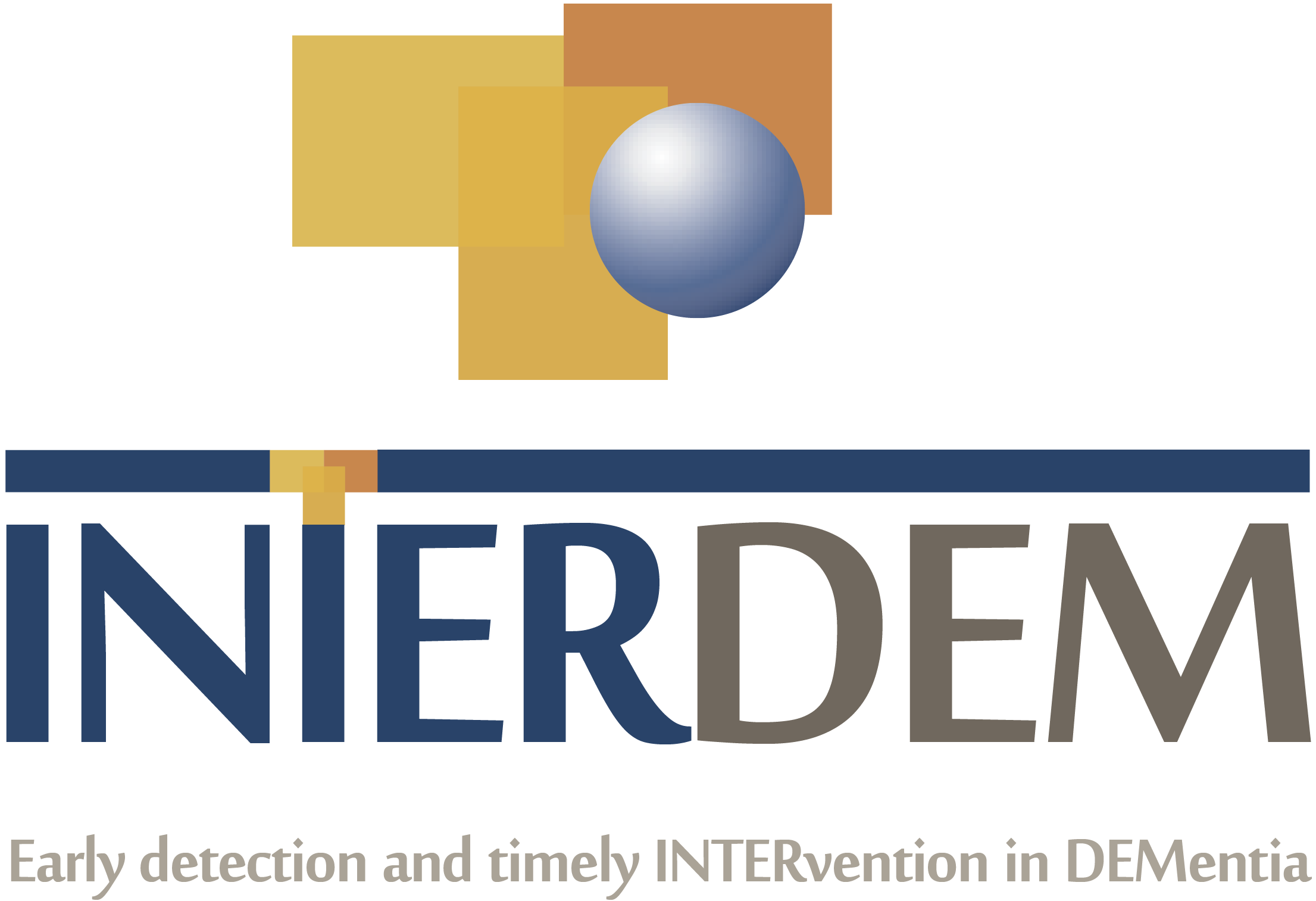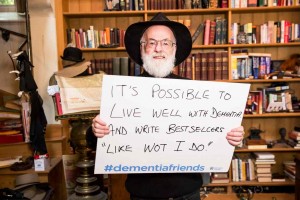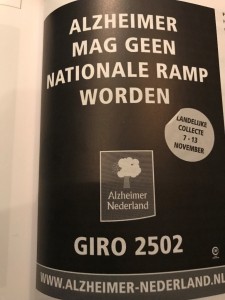What works better: a negative or positive campaign?
In November 2017, I had the pleasure of attending a webinar of the Dutch professional fundraising association. It was about the tone of voice in campaigning, what works better in communications and fundraising: positive or negative? The majority of participating fundraisers thought that compassion and a negative tone is the most effective, according to a poll during the webinar.
I have my doubts about this for various reasons and I think that a positive story ultimately works better.
The examples in the webinar came mainly from the world of development aid. Personally, I am no longer touched by images with poor children (Biafra, for the elderly among us!). But much more by the story that extreme poverty in important parts of the world including Africa has fallen considerably and that if we are still doing more we can further eradicate poverty.
What I know more about is health care and scientific research into new treatments. The two diseases that are currently most feared are Alzheimer’s and cancer. But cancer gets a lot more money, in the Netherlands and worldwide. Does it help that cancer funds can say, that where 30 years ago everyone died of this disease, now half of the cases can be cured, whilst there is no single cure for Alzheimer’s or other forms of dementia?
Nevertheless, a change is also happening with dementia. It is very clear in England. Until a few years when the BBC showed images of dementia, it was with pictures of old people in a nursing home who could do nothing themselves:

The involvement of people with dementia changed the way we talk about dementia now and this has further developed since we started campaigning for a more dementia-friendly society. Living Well with Dementia is now much more common. The most famous was the author of hilarious science fiction novels Terry Pratchett:
It is striking that between 2012 and 2017 the revenues of the two main charities in areas of dementia in the United Kingdom, the Alzheimer Society and Alzheimer Research UK, increased dramatically and that in a period of slum and gloom in the non-profit sector as a whole. In my country, Alzheimer Nederland is also doing well with the campaign ‘Together Dementia-friendly’ and has grown their income. there is also a certain shift in how dementia is framed in the media.
But, to put things in perspective, who was the Executive Director of Alzheimer Nederland who had these posters printed in 2004?:
It says: Alzheimer Should Not Become A National Disaster.
Yes, that was me…. The posters were showcased at all stations and in bus shelters and generated a lot of response. People with dementia and their family found them too negative, also because of the large black area. But on the other hand, policy makers themselves came to us to ask what they could do. So, the posters raised concern and worked well at that time, but we did not repeat this negative campaign again and looked for alternative ways of communicating.
More recently in both UK and Netherlands campaigns have been more inclusive of people with dementia and highlighted that you can live well with dementia if the right care and support is provided. If we want to further break the stigma on dementia we have to consider how to talk about it and find the right balance between on the one hand raising concern to what this disease does to people, families and society – and on the other hand make clear that there is a lot of things we can do to improve the quality of life of people living with dementia.
Marc Wortmann


